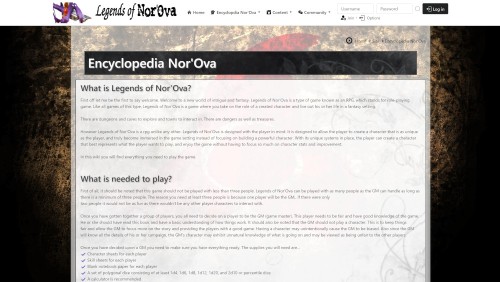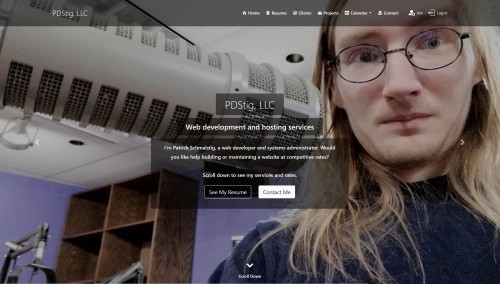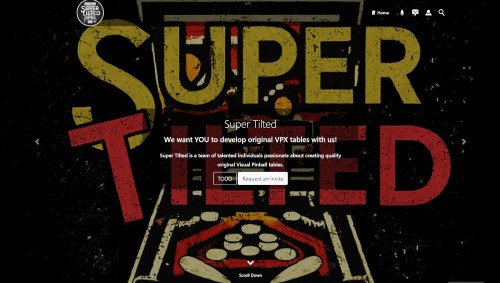Featured Sites: A-Z Index
H
Newest 10 Entries
| Question | What are redirects and how can I use them for subsites? |
|---|---|
| Answer | Redirects let you create custom URL paths that point to different zones and pages within your site. Examples:
Go to Admin Zone > Structure > Redirects. |
| Question | What are virtual roots and how do I use them? |
|---|---|
| Answer | Virtual roots let you make a sub-category within a Composr module (e.g., downloads) appear as the top-level category. This is useful for creating separate "databases" of content for different subcommunities. To create a virtual root:
|
| Question | Can I have subsites and subcommunities within a single Composr installation? |
|---|---|
| Answer | Yes, Composr offers various tools to create subsites and subcommunities within a single installation:
|
| Question | What is the difference between a central site and a satellite site in an M.S.N.? |
|---|---|
| Answer | The central site hosts the shared forum, member database, and netlink system. It is the core of your M.S.N. Satellite sites are the additional websites within your network. They connect to the central site for member information and forum access. |
| Question | What are the advantages and disadvantages of using an M.S.N.? |
|---|---|
| Answer | Advantages:
Disadvantages:
|
| Question | What is a multi-site network (M.S.N.) in Composr? |
|---|---|
| Answer | An M.S.N. allows you to run multiple Composr websites (installations) that share a common forum and member database. It's ideal for website networks with shared communities but segmented content, staff, or branding. In essence, members who join one site automatically have accounts on all sites within the network. |
| Question | What are the key classes and utilities provided by Composr Mobile SDK? |
|---|---|
| Answer | CMS SDK provides several classes with utility functions mirroring PHP and Composr APIs, including:
|
| Question | How do I set up Composr Mobile SDK in my iOS and Android projects? |
|---|---|
| Answer | iOS (Xcode):
Android (Eclipse):
|
| Question | What are some key concepts related to mobile app development with Composr? |
|---|---|
| Answer | Essential concepts include:
|
| Question | What other approaches exist for mobile integration with Composr? |
|---|---|
| Answer | Other approaches, in various stages of development, include:
|
Top 10 Entries
| Question | How can I communicate privately with other members? |
|---|---|
| Answer | Conversr offers two ways to have private conversations:
|
| Question | What are some key considerations when choosing field types for my catalogue? |
|---|---|
| Answer | When selecting field types, consider:
|
| Question | How can I ensure the privacy of personal information stored in my catalogues? |
|---|---|
| Answer | Composr's privacy system can help manage personal data within catalogues. To leverage it:
|
| Question | What are some specialized types of catalogues available in Composr? |
|---|---|
| Answer | Composr supports specialized catalogues, including:
|
| Question | How are breadcrumbs handled in catalogue views? |
|---|---|
| Answer | Catalogue breadcrumbs can be customized using XML code (Admin Zone > Structure > Configure breadcrumb overrides). By default, they include the list of catalogues. However, Composr provides default breadcrumb XML that removes this, focusing on the current category hierarchy. Tree catalogues omit the index link, while non-tree catalogues include it. |
| Question | What is a tree catalogue and how do I create one quickly? |
|---|---|
| Answer | A tree catalogue has a hierarchical category structure (which can contain sub-categories), similar to the download system. Composr offers a special feature for creating tree catalogues by simply typing the desired categories in a specific format (which is explained and available when adding a new catalogue), which automatically generates the tree structure. Alternatively, a non-tree catalogue is simpler and only has top-level categories. |
| Question | Can I customize the look and feel of my catalogue? |
|---|---|
| Answer | Yes, Composr allows advanced users to customize catalogue appearance through Tempcode programming. This involves using template IF directives to apply specific styles based on the catalogue's name and manipulating template parameters for complex layouts. Alternatively, you can create new template files using the catalogue name in the file to specify complete templates for specific catalogues. Check out the tutorials for more information. |
| Question | What are the different display types for catalogue entries? |
|---|---|
| Answer | Composr provides four main display types for catalogue entries:
It is possible to create your own templates including ones that are specific to a catalogue. Check out the catalogues tutorial for more information. |
| Question | Why might I need a programmer for my catalogue? |
|---|---|
| Answer | While Composr catalogues offer great flexibility, they can become complex if you need sophisticated data relationships, efficient searching, high data reliability, or advanced customization. In these cases, a programmer's expertise in database design, normalization, and templating can be invaluable. |
| Question | What are catalogues in Composr? |
|---|---|
| Answer | Catalogues are custom databases you can create within your Composr website. They allow you to define your own records with custom fields and organize them into categories. Think of them as powerful tools for managing various types of content, like a database of books, a directory of businesses, or even a classified ads system. |







